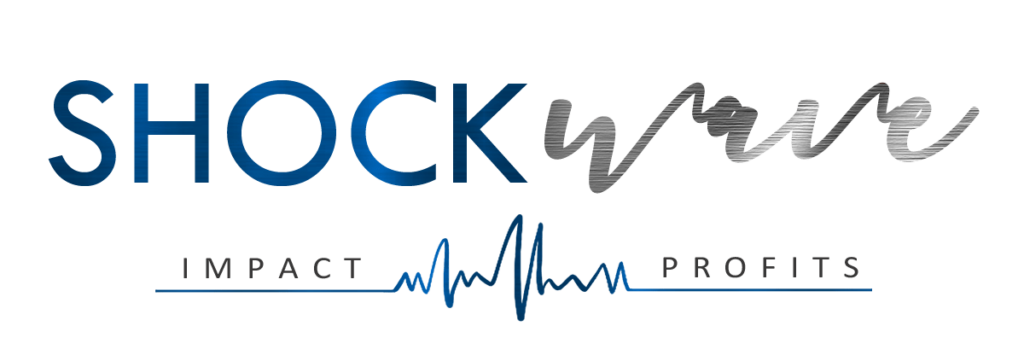Scaling Your Business: When to Hire

By Emma Rainville
Hiring is often the last thing on entrepreneurs’ minds, but it’s an important part of scaling your business. If you’re ready to scale up, then you need to make sure that you’ve thought through how you’ll handle hiring. As with so many parts of scaling, leaving hiring to the last minute puts you on the back foot. Don’t scramble to put a band-aid on it, get the process in place before you need to hire.
Here are some things to consider before taking the plunge:
Why is now the right time to hire?
You’ve probably reached this point because your business:
- Has more work than you can handle on your own.
- Has grown and needs to expand beyond just one person.
- Has reached a plateau in growth, meaning that it’s no longer growing as fast as it once was.
If you’re expecting any of those conditions to arise in the next few months, or if you’re seeing the early warning signs, it’s likely time to start thinking through hiring.
The fact is, hiring virtually always takes longer than you expect, especially if you’re taking on a major employee. Getting started early isn’t just smart, it’s a critical part of hiring well. You don’t want to be dependent on a bad hire – you need enough space to ensure that you get the best possible candidate for the position.
Growth metrics, revenue goals and more
Before you can start looking for help, you need to know what your growth metrics are, and how you want the new hire to contribute to those. If you’re not sure what your growth metrics are, think about the things that matter to your company and how they’re going. For example:
- Revenue
- Growth (how much more revenue is coming in than last month?)
- Profit (what percentage of revenue is profit?)
Once you have some idea of where you want to be getting in terms of revenue, growth and profit, and the key responsibilities your new employee will have for increasing those goals, it’s time to start looking for a new hire.
What does your hiring process look like?
Before hiring anyone, you need to know what your hiring process looks like. Along with those key responsibilities, you need to know how long it should take, who’s involved, and what their roles are, and how to tell when you’re done with each step.
Mapping the process in this way will help you understand where any bottlenecks are in your hiring process, so that if something slows down the hiring process, it can be fixed quickly. It also helps make sure everyone working on the project knows exactly what they’re supposed to be doing at any given time. For future employees, having this map also gives all the necessary context about why they’ve been hired, what they’re expected to achieve, and what they can expect in their role.
Once we figure out our ideal employee profile—which takes some iteration depending on who joins first—we set up a simple spreadsheet for tracking all potential candidates’ applications. It has fields for dates when people applied, as well as notes about whether or not those applicants have been interviewed yet; if hired; terminated from employment; moved departments within our company (for instance from graphic design into marketing); etcetera…
What’s the cost of not hiring?
As a business owner, you know that hiring an employee is not an easy decision. It’s a big commitment and requires serious thought. But what if we told you that the cost of not hiring could be far greater than the cost of hiring?
Here’s why…
Hiring someone costs money. On average, it costs between $3,000 and $6,000 to hire a new employee. That’s just the start—the real costs come in when they leave within three months (which happens more often than you might think). If this happens once or twice every year, it adds up fast!
If your company has hired six employees in a year, but only retained two of them for more than three months, and you’ve been doing that for five years straight… well… let me tell you how expensive that can get!
Even lowballing the hiring estimate at $3000 per employee, you’re spending $18,000 a year to bring in new talent. Let’s say you’re paying them the average salary, about $4600 a month. In most companies, the first month is going to more or less be a writeoff, with training, familiarization, etcetera, so you’re not going to start to recoup that investment for a while.
All in, by month one, you’ve spent at least $45,000 by the end of that first month. For those 4 unsuccessful hires, add on at least $30,000 in additional salary costs – if they’re leaving in the first 3 months, you may as well consider their salary a loss.
In these five years alone, you’re looking at a cost well over $350,000 – plus any benefits, extra pay, and the like. And believe me, there’s no exaggeration there. I’ve seen this happen to company after company.
So that’s the cost of hiring new employees…
But what are you missing out on by not hiring?
Let’s go back to those growth metrics. What is your new employee going to contribute to the business? In real, factual terms, how long is it going to take for your new hire to pay off the amount you’ve invested on bringing them in?
Depending on the role, the person, and their responsibilities, that answer can vary a lot, and understanding it means that you can more accurately evaluate the value that hiring brings to your business.
Setup for success
To prepare for success, you should take a look at your company culture and strategic goals. You should also consider the skills required to achieve those goals, as well as how hiring fits into your overall plan.
You should have a clear idea of who you want to hire and why they’ll be good fits for your company. The best way to do this is by brainstorming some questions about the position and creating an interview guide that will allow you to get down to business quickly.
Be sure that all hiring managers agree on what makes someone successful in their role: What skills do they need? How much experience is required? What kind of attitude do they need? Create an interview guide with these answers in mind so there’s no confusion during the process—and no missed opportunities!
Once you meet these prerequisites, it can be reasonable to start hiring in order to scale your business. This is a big decision that requires thought and planning. Hiring the wrong people can be costly, but hiring the right person could be a great investment.
It’s also important to remember that hiring is not just about finding someone who has certain skills or experience—it’s also about finding someone who fits your culture and team dynamic. That’s why many founders choose not to hire until they’ve built up their company for several years, so they can make sure everyone involved feels comfortable with each other before adding new people into the mix.
When I started my first company in 2011, I had never hired anyone before; so when an opportunity came along where I needed some help from another developer (and fast), I thought “what could go wrong?” A lot apparently! It took almost two months for me to find someone who was qualified enough for what we were trying to do at that time… only for her to leave after the first month because she didn’t feel like she was getting enough recognition within our organization…
Conclusion
Hiring is a big step for any business, but it’s one that can help you scale your company and make it more profitable. You may be hesitant to hire, but remember that there are good reasons why now might be the right time to expand your business and increase your staff. If you have the right resources in place (and enough capital), hiring can help you achieve your goals faster than ever before!

